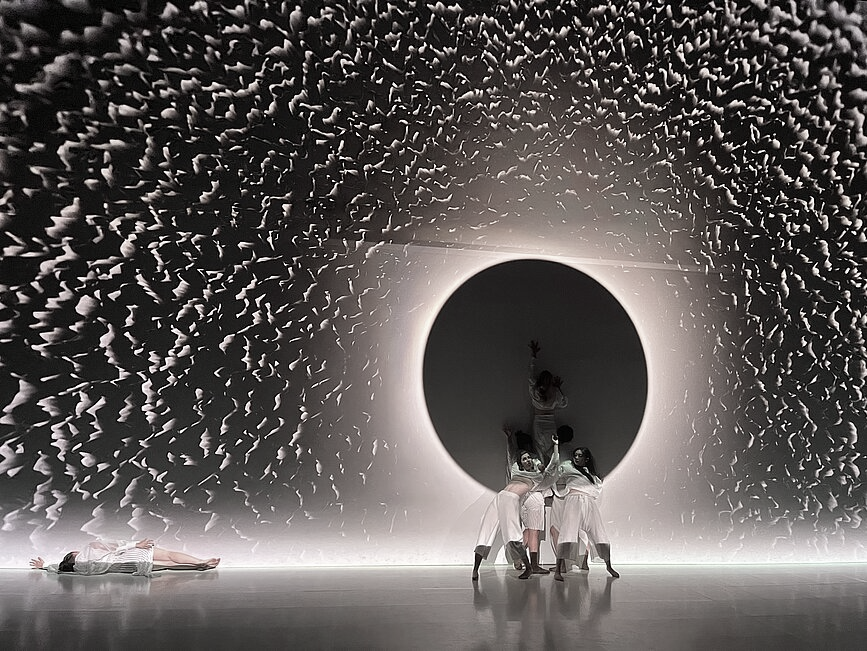Painlevé-Gullstrand coordinates discontinuity in the quantum Oppenheimer-Snyder model
A metric that describes a collapsing star and the surrounding black hole geometry accounting for quantum gravity effects has been derived independently by different research groups. There is consensus regarding this metric up until the star reaches its minimum radius, but there is disagreement about what happens past this event. The discrepancy stems from the appearance of a discontinuity in the Hamiltonian evolution of the metric components in Painlev’e-Gullstrand coordinates. Here we show that the continuous geometry that describes this phenomenon is represented by a discontinuous metric when written in these coordinates. The discontinuity disappears by changing coordinates. The discontinuity found in the Hamiltonian approach can therefore be interpreted as a coordinate effect. The geometry continues regularly into an expanding white hole phase, without the occurrence of a shock wave caused by a physical discontinuity.
